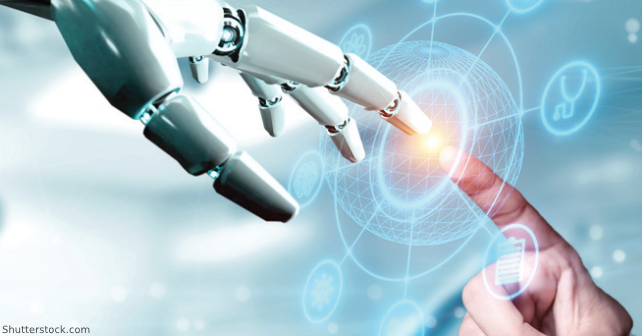
In 2012, the retail store Target inadvertently informed a father that his young daughter was pregnant.1 The few who knew this before him were the daughter, her mother, and Target’s new artificial intelligence (AI) algorithm. After half a century of failed starts, the AI revolution had begun in earnest. The genie was effectively out of the bottle.
Explore This Issue
ACEP Now: Vol 41 – No 10 – October 2022In statements that echo the early era of the internet, many businesses conflate adoption of AI today with survival tomorrow.2,3 This sentiment, or warning, is the same for emergency physicians and the emergency department (ED) ecosystem. Dismiss AI’s future impact on your practice and risk the same as those who once dismissed the internet’s potential impact on health care.
Sentient Robots?
Don’t be fooled by its name. AI programs and algorithms don’t think, understand, or comprehend. At its core, AI does one thing: categorize patterns in data. Enormous matrices filled with data vectors are ingested and predictions made that either classify what group a new data vector might belong to or how much that vector might influence the outcome you’re interested in, based on deciphered data patterns.4 “Self-driving” algorithms merely ingest a matrix of image pixel data vectors, match it to the most probable known pattern, and output the action for that pattern (e.g., “apply brake pedal”). All these programs do is detect a pattern and output a prediction with the highest probability. Yet, the following examples show how incredible the results can be.
Using AI, programs have been created that detect cargo containers containing smuggled goods, assess a city for hurricane damage in a few hours instead of a few days, and predict when a police officer’s radio channel should be activated seconds before the 9-1-1 call is made. With such huge successes comes the confidence to grasp for the holy grail. Whether the aspiration is to save lives, save money, or grab a slice of one the most lucrative business sectors, AI experts have turned their focus on health care.
AI in Health Care
There are still big issues with AI in health care. First, while 70 percent accuracy might be career changing for a marketing executive, anything less than 99 percent fails to meet any but the most relaxed clinician’s standards.5 Second, we’ve heard horrible stories of bigotry and ethnic marginalization by AI programs.6 Finally, the inaccuracy of these programs can be ridiculously obvious despite high algorithm confidence.7 During COVID, thousands of clinical algorithms were created and nearly all of them failed. One of the greatest cited reasons for failure was unbalanced teams with either too few clinicians or too few AI experts, or both. Although there is growing recognition of the need for all stakeholders (including the physician users) to audit these programs at every stage, inclusion of practicing clinicians during AI creation remains uncommon outside of advisory boards with very limited influence.
Pages: 1 2 3 | Single Page





No Responses to “The Impact of Artificial Intelligence in the Emergency Department”